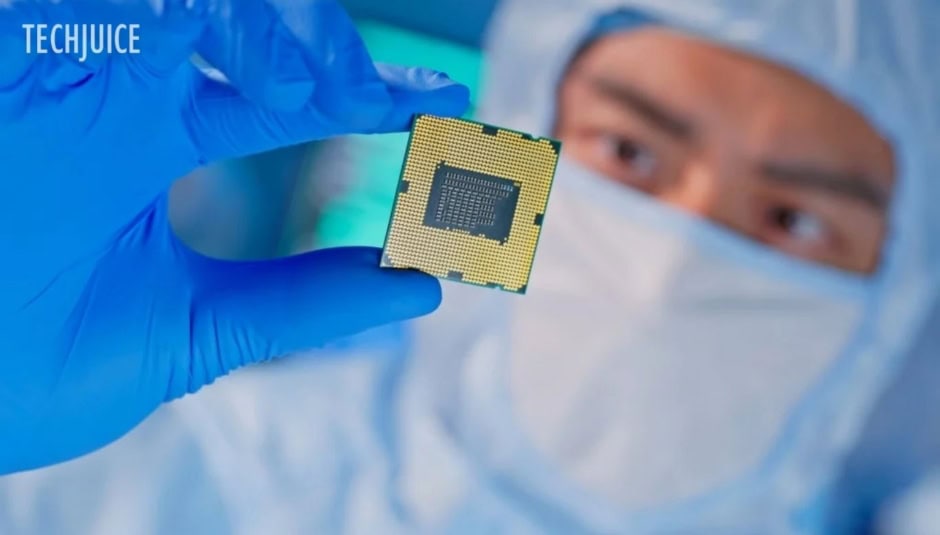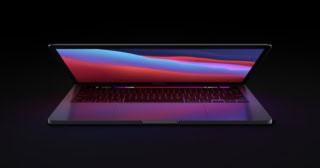China Unveils Poxiao: World’s Fastest Flash Memory Breaks Speed Barriers

Chinese researchers have announced a groundbreaking development in data storage technology: Poxiao, the world’s fastest flash memory device, capable of erasing and rewriting data in just 400 picoseconds, that’s one-trillionth of a second.
Developed by a team from Fudan University, this innovation may soon challenge the foundations of current computing architecture by narrowing the longstanding gap between data storage and processing speeds, especially in artificial intelligence (AI) systems.
In today’s computing landscape, volatile memory (like SRAM and DRAM) offers rapid access but comes with drawbacks such as high power consumption and data loss during outages. Conversely, non-volatile memory (like traditional flash storage) retains data without power but suffers from significantly lower speed.
This gap has restricted AI systems from operating at their full potential. Current flash memory write speeds are measured in microseconds, while Poxiao achieves similar operations in hundreds of picoseconds, representing a speed increase of over 100,000 times.
The Science Behind the Innovation
The Fudan team introduced a two-dimensional Dirac graphene-channel flash memory that utilizes a new mechanism called “2D-enhanced hot-carrier injection.” Unlike traditional floating-gate transistors, which require a warm-up time to move electrons, this method allows electrons to instantly shift into high-speed motion, without delay.
This ultrafast mechanism was published in the journal Nature, receiving praise for its originality and potential to redefine flash memory architecture.
Though the current prototype holds only kilobytes of data, its design indicates significant room for scaling. Researchers believe that in the next five years, Poxiao could expand to hold tens of megabytes, eventually making its way into commercial computing and AI systems.
Lead scientist Zhou Peng noted that AI algorithms played a key role in optimizing testing conditions during development, and this technology could help eliminate the need for layered storage systems, merging memory and external storage into a single, seamless structure.
What does it mean for the Future of AI and Storage?
By matching and even surpassing the speed of volatile memory while retaining the advantages of flash, Poxiao may enable AI models to read and write data at the speed of thought.
The implications could be vast:
- Faster and more energy-efficient AI systems
- Simplified storage architectures for personal computing
- More compact and powerful mobile devices
- Enhanced real-time data processing for scientific research, autonomous vehicles, and robotics
A peer reviewer from Nature remarked that the breakthrough is “novel enough to inspire the design of next-generation high-speed flash memory devices.”
Sharing clear, practical insights on tech, lifestyle, and business. Always curious and eager to connect with readers.


 2 min read
2 min read
















